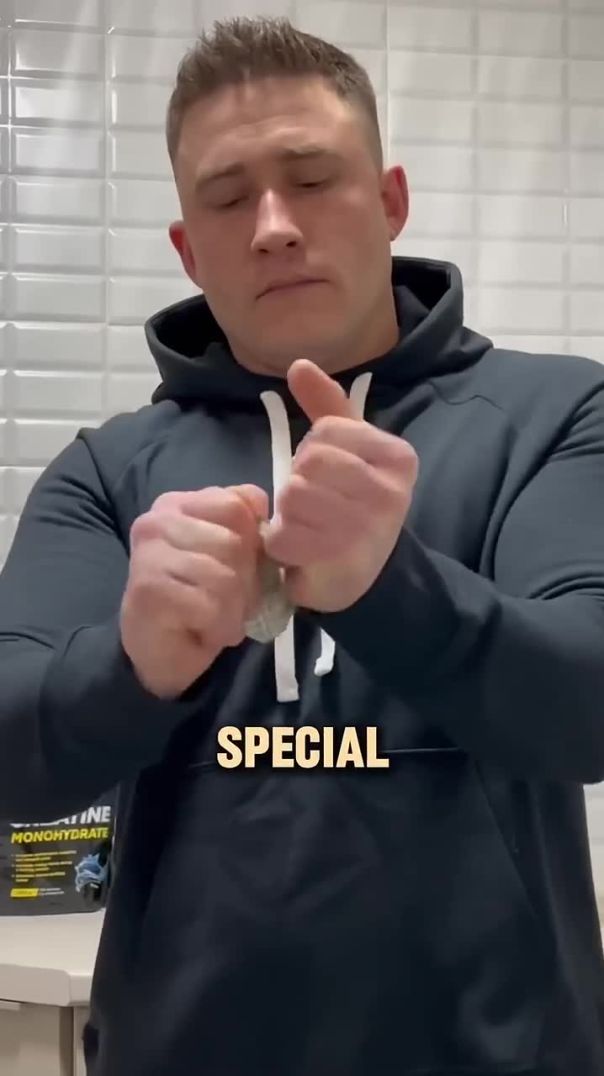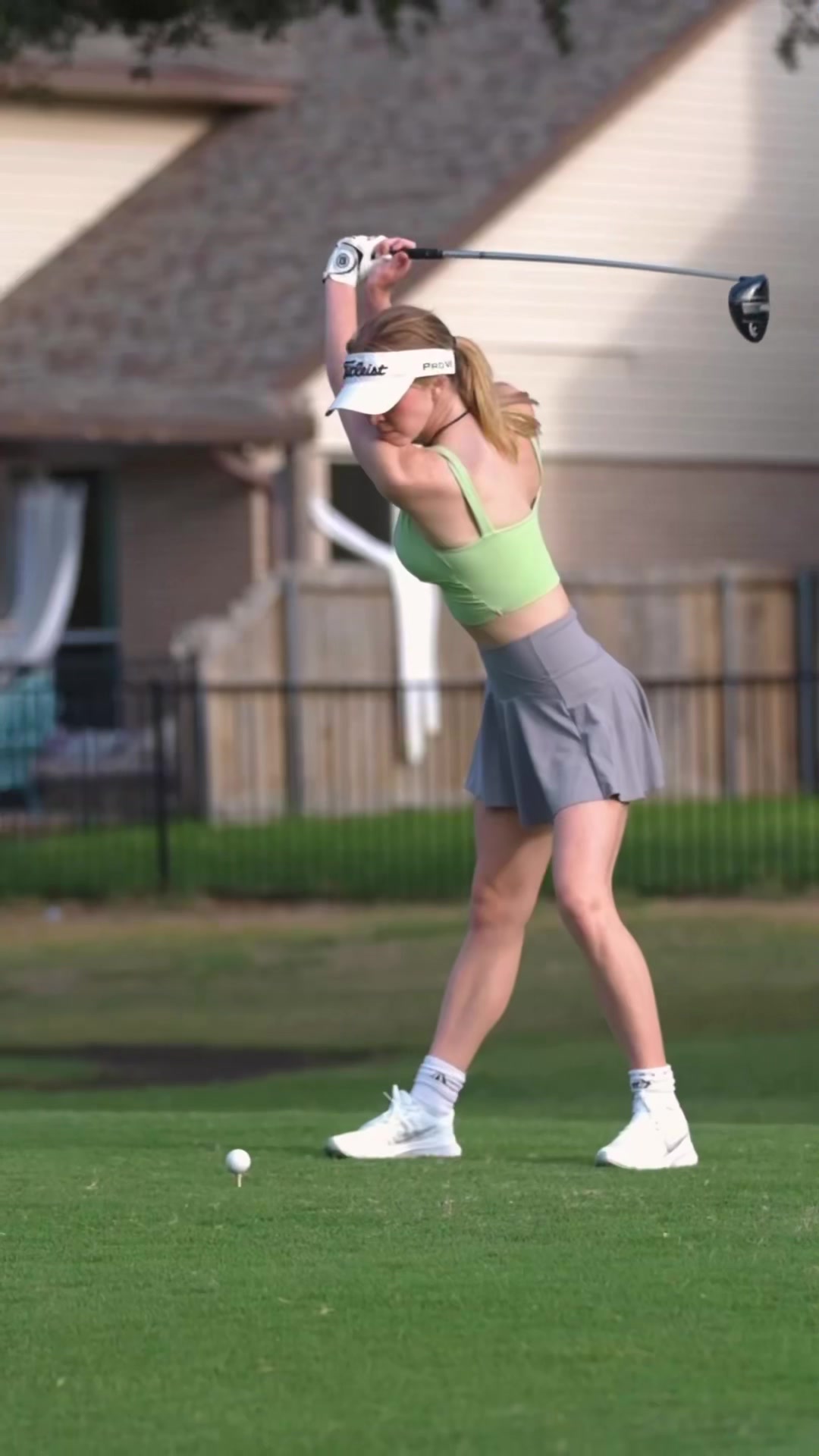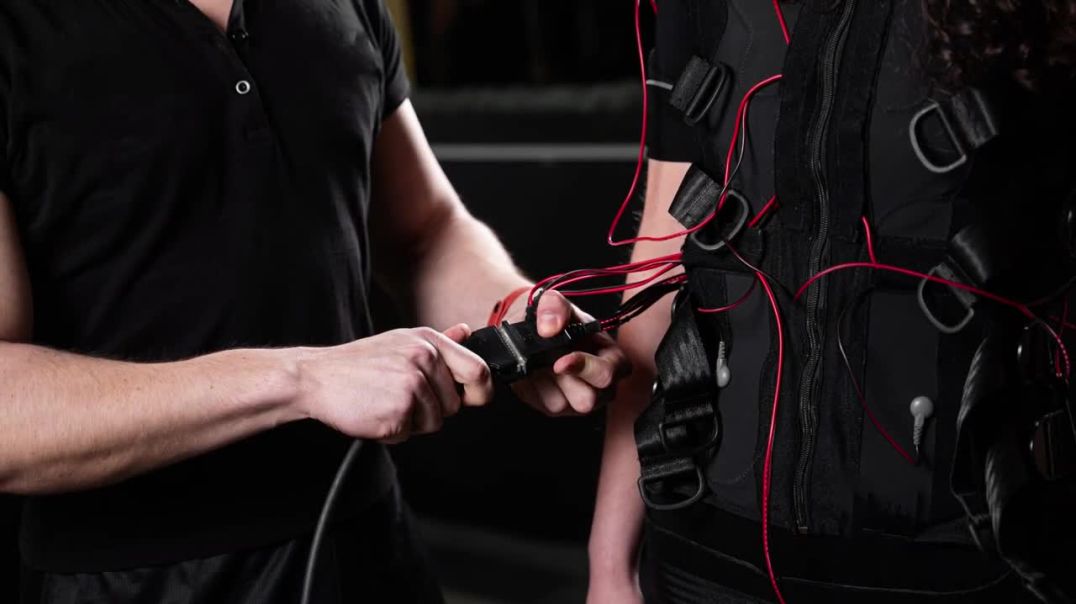2 Views· 14 August 2022
Shoulder Mobility Balancing Act (CAREFUL!!)
Build muscle while keeping your shoulders healthy
http://athleanx.com/x/big-muscles-safe-shoulders
Shoulder mobility is an often misunderstood aspect of a training program. People rush out to try and mobilize their shoulder joints without understanding whether this is something they even need in the first place. When you realize just how unstable the average shoulder is based solely on the anatomy of the joint itself, it becomes obvious that not only are mobilization drills maybe not called for but they could be setting you up for more problems.
In this video, I break down the anatomy of the shoulder joint and show you just how naturally unstable the joint is. When you understand this, you quickly grasp the need for doing more things to stabilize the area rather than mobilize it. To start, there are three aspects of the shoulder that help provide the stability in this otherwise hyper mobile joint. These are the labrum, the rotator cuff muscles and the shoulder capsular ligaments.
Let’s start with the labrum. The head of the humerus sits very shallow in the glenoid or socket in your shoulder. Because of this anatomical setup, the ball doesn’t sit very stable and instead has a tendency to float and migrate within the shoulder joint if lacking strength and support. The labrum is in place to essentially deepen the socket and allow the ball to sit more deeply and snugly in the shoulder joint. It acts like a suction for the head of the humerus. That said, if you were to tear the labrum you would interrupt its suction capabilities and the ball could move too much within the joint causing great shoulder instability.
It’s important that you not do things that can injure the labrum in the first place, like I did by trying to throw a baseball at max effort without warming up. Beyond that, avoiding movements that distract the arm (like hanging ab exercises and pullups) once you have a labrum tear, is a smart and protective thing to do to prevent the condition from worsening.
Next is the rotator cuff muscles. These four muscles act in concert to pull the head of the humerus more inferior and deeper into the socket. Most people never train the muscles of the rotator cuff directly however and think that they will just hit them with the other big lifts they are doing in their workout programs. That isn’t the case. Unless you are directly training your rotator cuff muscles through primarily external rotation at the shoulder then you aren’t getting the work done that you need to protect the shoulders.
Finally, the capsule of the shoulder needs to be addressed as well. Because we almost all tend to have a forward migration of our shoulders through chronic bad posture and avoidance of direct cuff work, we can get tight in our posterior capsules. If you notice that you are always rounded forward you would want to try and stretch out the posterior shoulder capsule with a sleeper stretch as shown and avoid doing things that would further weaken the anterior capsule.
All of these elements are crucial for understanding what is actually going on in your shoulder when you workout and why it is important that you focus on the little things when you are putting together your complete workout. You can get a step by step workout plan at http://athleanx.com that will tell you exactly what to do and keep your shoulders healthy while allowing you to build ripped athletic muscle.
For more videos on rotator cuff exercises and the best exercises for shoulder injuries and rotator cuff tears, be sure to subscribe to our channel here on youtube at http://youtube.com/user/jdcav24








![Central Cee - Cold Shoulder [Music Video]](https://i.ytimg.com/vi/8efu1VaDk0c/maxresdefault.jpg)










![[ASMR] TAPPING MASSAGE | NO TALKING | NECK SHOULDER | 叩打法(こうだほう)](https://i.ytimg.com/vi/sOjBa-e4v3k/maxresdefault.jpg)
![[ASMR] 首肩の痛みを和らげるツボマッサージ(Acupoint Therapy - Relieve neck and shoulder pain)](https://i.ytimg.com/vi/fDwwRYZvz9M/maxresdefault.jpg)






0 Comments